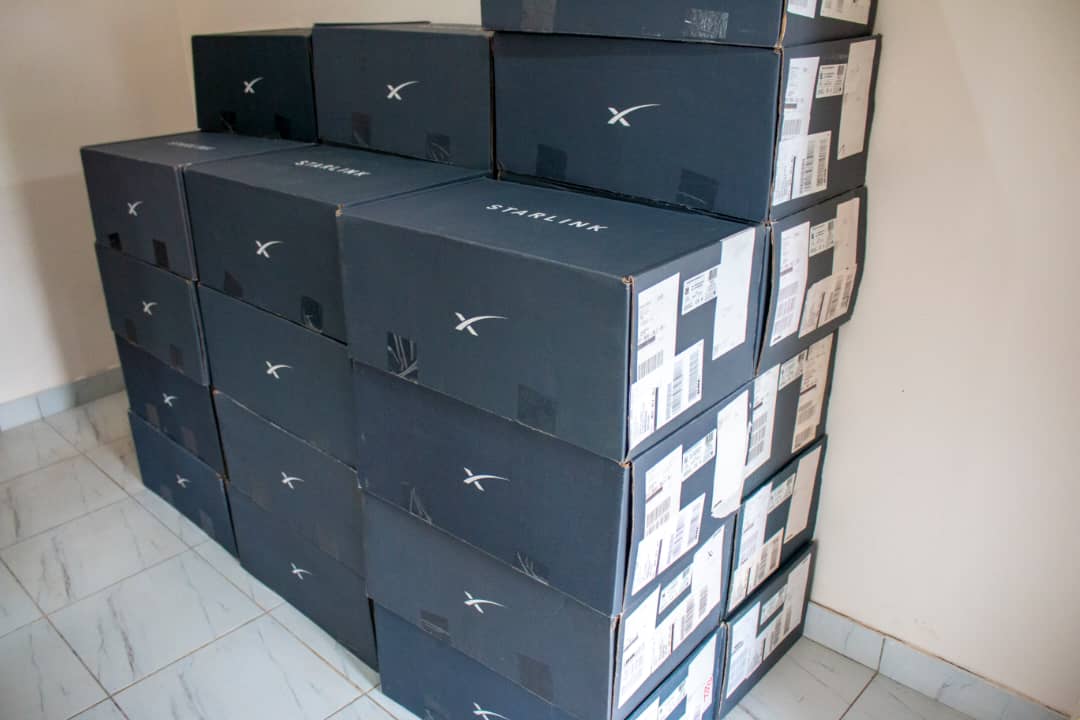ZESA has announced a new billing system for domestic consumers of electricity. Instead of paying a flat rate, they want to cushion households that use less power somewhat.
Fullard Gwasira, the ZESA PR Manager said:
The Zimbabwe Electricity Transmission and Distribution Company would like to advise its valued customers that it has now started implementing the stepped prepayment tariff for domestic consumers to replace the flat tariff of 14c/KWh which was previously in use for domestic customers.
The flat rate tariff afforded customers of electricity a standard tariff for purchase despite the units purchased and the number of times customers bought electricity in the same month and thus wasteful and expensive for low poor users.
The prepayment tariff is designed to encourage practices, of conserving electricity to consumers, given the current power supply situation. The stepped domestic tariff electricity encourages consumers to use electricity more sparingly and efficiently and rewards them with a low tariff with heavy domestic power users having to pay more for higher consumption. Customers are thus advised to buy electricity units that are sufficient for their monthly consumption as any excess units would be charged at the higher tariff
How it works
So essentially this works the same way that Pay As You Earn (PAYE) tax works in Zimbabwe. The first 50kWh of electricity you pay for in a calendar month now cost $0.06/kWh meaning you will pay $3 for those 50. The next 150kWh of electricity you pay for in a calendar month will now cost $0.30/kWh meaning you will pay $45 for those 150kWh. For any purchases above 200kWh you will be charged $0.40/kWh.
So if you use 200kWh of electricity in a month here is how you can estimate how much you now pay: $3 (for the first 50kWh) + $45 (for the next 150kWh) = $48 (for the total 200kWh).
If you use 250kWh for example, this is how you compute what you pay ZESA: $3 (for the first 50kWh) + $45 (for the next 150kWh) + (50 x $0.40) for the final 50kWh = $68.
ZESA says a typical house uses 250kWh per month so that means a typical house will pay $68 for electricity in a month. But then again we generally have electricity a third of the time and we will be sleeping for most of that time. Maybe we should all just pay for 50kWh and see how far it stretches.
The easy way to look at it
If you paid $50 (besides taxes) per month before the tariffs changed, expect to be paying around $100.80 then add your taxes.
There’s a catch
If you followed my language carefully you might have realised I was talking about how much electricity you pay for, not how much you consume. The ZESA stepped billing system applies on the first purchase you make in a calendar month and is cumulative for successive purchases you make.
Don’t expect the first 50kWh you pay for at any given time to cost $3. You pay $3 for the first 50kWh you pay for in a calendar month.
The other catch is any taxes that apply, you will still incur those…














Comments
23 responses
Interesting
how much do i get when i pay $100
I will pay the next $100 after three months
What is electricity don’t seem to have much if it these days
How much should I pay as a fixed monthly charge
Sounds very foolish of ZESA to do this. Methinks they were trying to be clever and catch all those who purchased tokens ahead of price increase, so that they are charged at higher rate. Foolish in that ZESA are making it hard for themselves to get cash up front so they extinguish their debt before rates shoot. They, like Gono, did something to fix customers. Well, customers are always king. You let them get the benefit of the doubt. Where they do this in countries where common sense still leads is to do stepped billing per month, not per token purchase like ZESA foolishly did. Everyone will now buy very little often putting a strain on token system, not helping ZESA at all. Sometimes it helps to consult stakeholders, especially customers and not just try to be “clever”. How does ZESA do the same for contract customers? Do they then discriminate and punish pre-payers?
Not possible. Those units where ALREADY bought there is nothing they can do about that. Those people who bought a whole bunch now only have to buy for 50 every month to maintain and that should still push them. You can’t do anything to the units once they are uoploaded into the meter. It’s a commonly held myth
You must understand the prepaid system first, before making nonsensical comments.
It is a good solution. Those who consume more are generally in a better financial standing to afford to pay more.
Protects the low income households, while ensuring sufficient revenue to pay upstream suppliers.
What about families living in rented houses? This is stupid!
Not at all stupid.. And being in a rented rouse bears no relevance.
ZESA is still undercharging. Look at the USD cost of imported power per Kwh. You’ll realize how much cheaper we actually are. Even at 40c per unit, this is less than what we WERE paying before in real terms. It’s unsustainable – ZETDC need to price their tarrifs more realistically so they can realize a profit.
It does bear relevance. If 3 poor families rent on the same premises, but use a single meter, they are quickly treated as a luxury consumer because of their combined consumption.
It is common, as well, at hair saloons and flea markets for all tenants to share a single meter. Again they are treated as a single luxury consumer by the stepped billing.
Unfortunate thing is that this system of theirs makes life more difficult for the low income families that share a single house.; where you have multiple families under one roof. It would also affect families that are subletting or sharing rent, as they would end up needing to pay like they are high consumers, when it is simply having more families under one roof to try and cope with expenses such as rent. This move instead makes it expensive to share an accommodation, meaning sharing an expense like rent will not reduce the cost of living for a family.
ZESA should first cut-down salaries n perks of ALL their employees to size, then block all the leakages thruogh corruption, before they implement this measure… And we also want all looted funds recivered and returned first…
Otherwise we continue pumping in funds into a bottomless pit
The poor are becoming poorer. It’s better to use a fixed charge per kwh.
Very stupid way of doing business. Where is the logic really? The new tarriff needs to be flat throughout for all consumer households.
Yes Zetdc do your job don’t let people disturb you .
https://zesa.keithro.se/
Simple calculator using the rate table listed by the Herald/Techzim.
keith i really like your calculator and after all had been said , it was your calculator that made me understand the whole new tarrifs thingy, but another thing can can u design something which allows us to figure out like how much KWh we will get if a user ( of your portal ) enters the amount he /she is willing to pay
Thanks for the suggestion Zvema, will def give it a try 🙂
Does this apply to all prepaid meters, or only certain areas ?
So how much electricity I must pay for the month *please help* I failed to understand this??
If you make several purchases to buy a total of, say 200 units for the month will it be more expensive than buying 200 units at once?
No, there is no difference whether you buy all the units at one go or in drips and drabs.